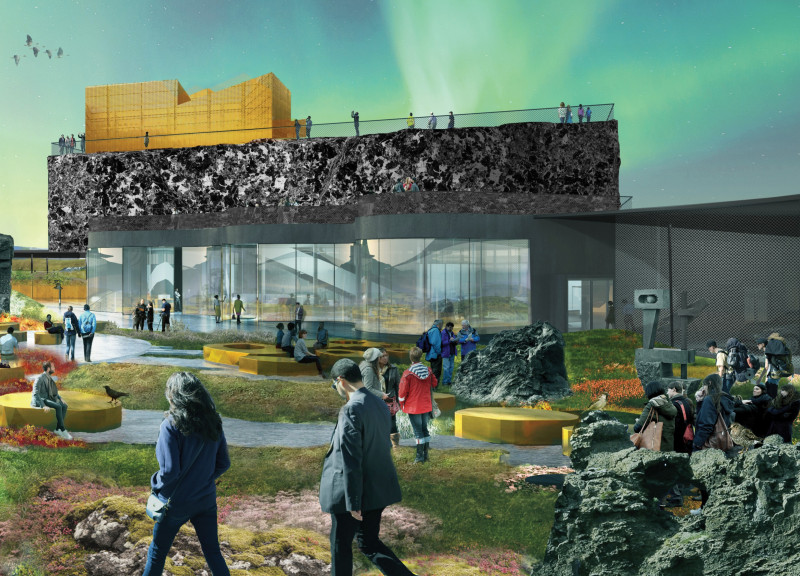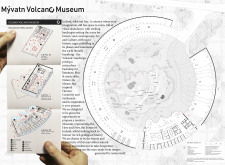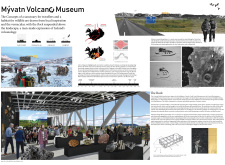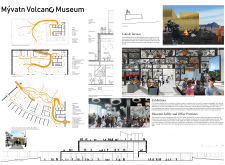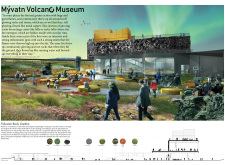5 key facts about this project
At its core, the project functions as a [insert function, e.g., community center, residential complex, commercial building], aiming to enhance the quality of life for those who inhabit or visit the space. Through the careful arrangement of its layout, the design fosters interaction and connectivity, encouraging a sense of community and shared experience. Each area within the structure is integrated to serve specific needs, offering versatility in how the spaces are utilized.
One of the noteworthy aspects of the design is the façade, which reflects a modern aesthetic while maintaining a contextual dialogue with the landscape. The use of materials such as [list specific materials, e.g., concrete, wood, glass, and steel] not only contributes to the visual language of the building but also influences its performance and sustainability. The careful selection of these materials highlights the project's commitment to durability, energy efficiency, and responsiveness to local climate conditions.
Additionally, the roofing design incorporates [detail elements such as green roofs or solar panels], further reinforcing the building's environmental integrity. These features are not merely aesthetic; they represent an integrated approach to energy management and biodiversity, showing a dedication to preserving the natural ecosystem surrounding the site.
Within the interior, the project embraces open floor plans that promote natural light and airflow, optimizing the comfort of its occupants. Spaces flow organically into one another, enhancing the overall user experience while providing functional adaptability. This approach underscores the importance of spatial quality in architectural design, making the environment not only practical but also uplifting.
Unique design strategies employed throughout the project include [describe any innovative architectural elements, such as passive heating and cooling techniques, advanced insulation, or modular construction methods]. These design decisions reflect current architectural ideas focused on sustainability and efficiency, addressing contemporary challenges in the built environment.
The landscaping surrounding the building is another critical aspect, designed to enhance both aesthetic enjoyment and ecological function. Outdoor spaces are carefully curated to provide areas for recreation and relaxation, creating a seamless transition between the interior and exterior environments. Thoughtful landscaping complements the architecture and serves as an extension of the design, integrating natural elements into the overall user experience.
As you explore further, consider reviewing the architectural plans, sections, and designs that provide additional insights into the project’s thoughtful components. This architectural endeavor illustrates how a committed approach to design can create spaces that not only fulfill their intended use but also foster a sense of belonging within the community. Engaging with these materials will deepen your understanding of the architectural ideas that drive this important project forward.


